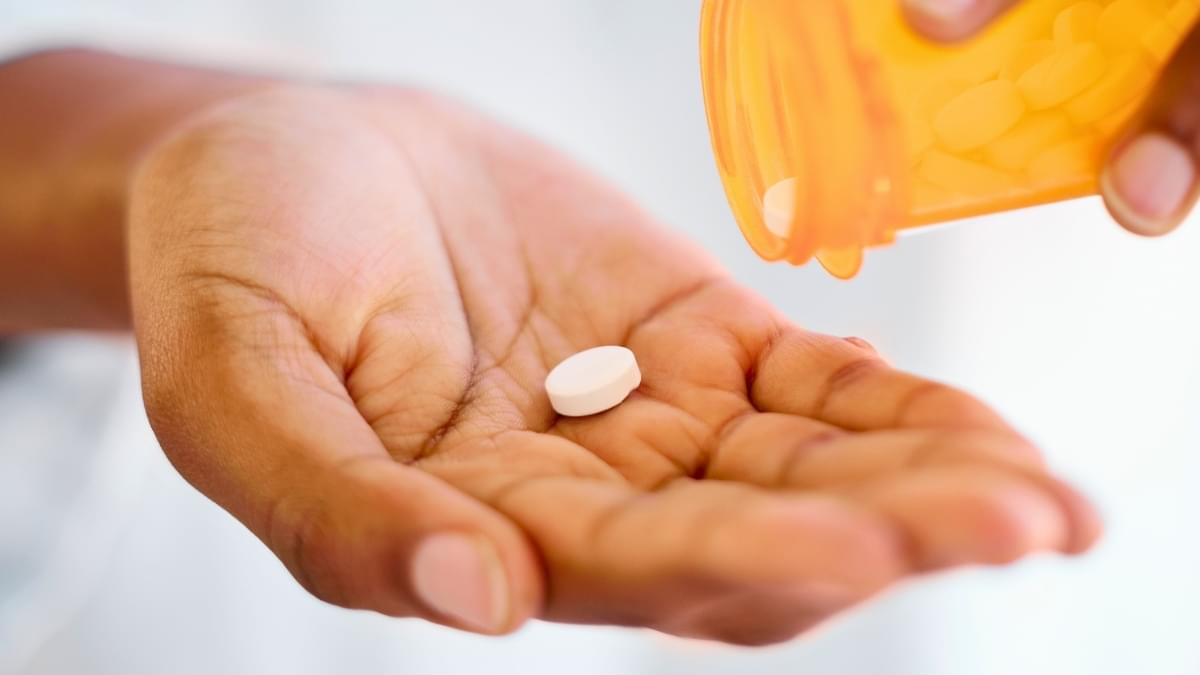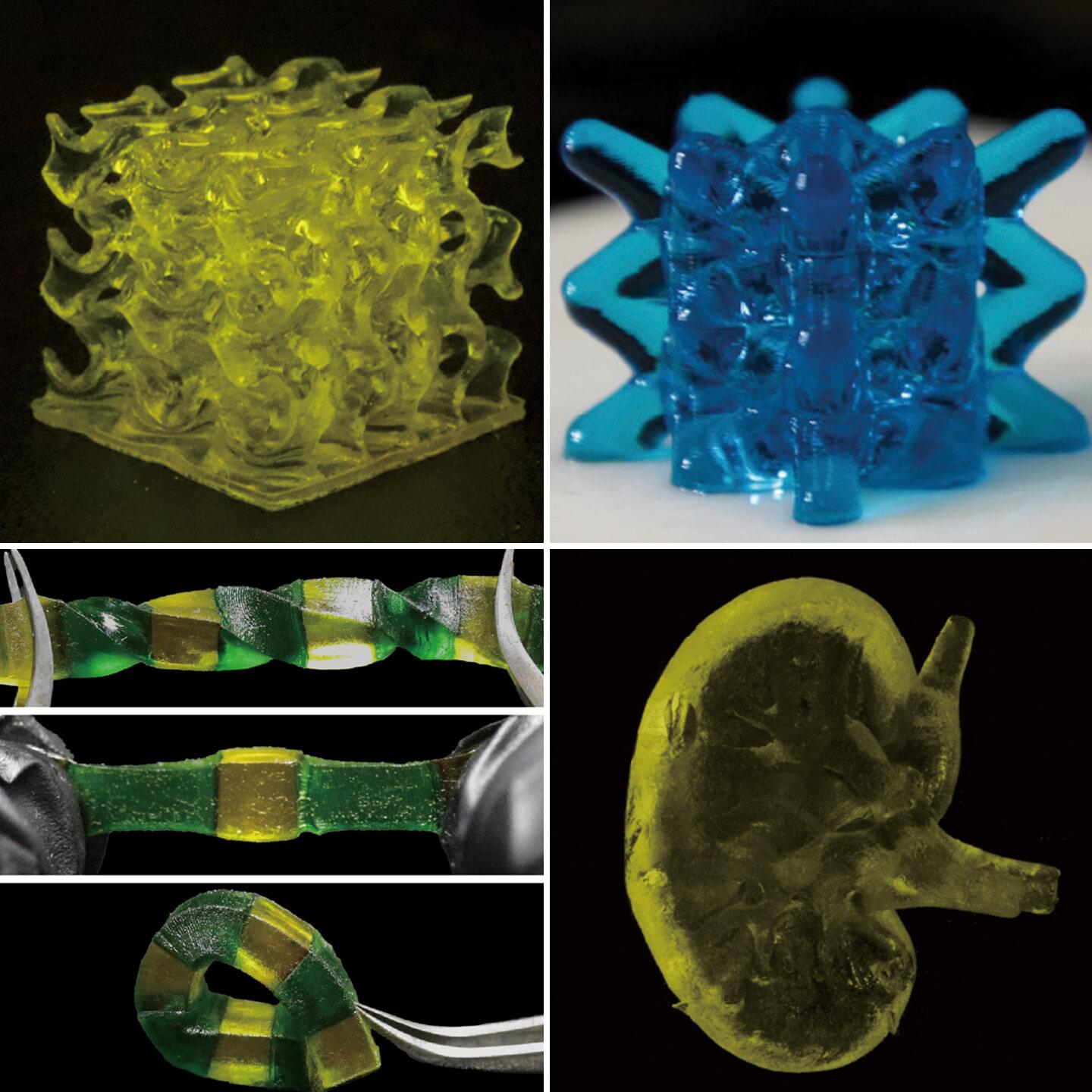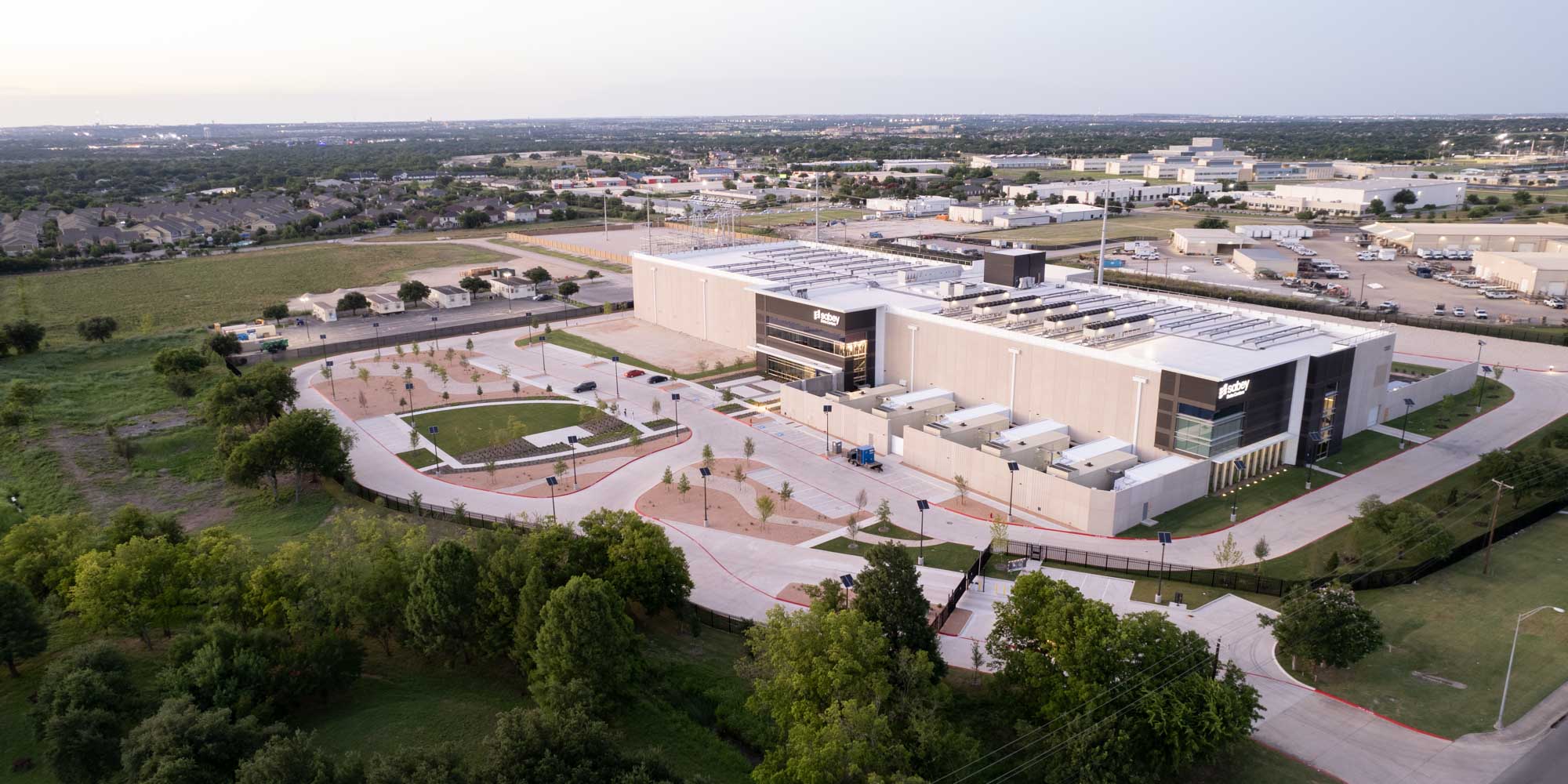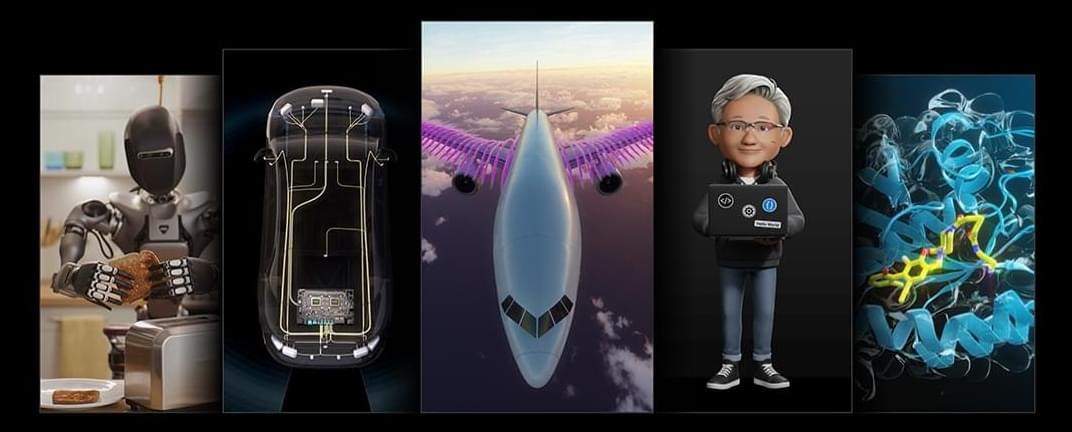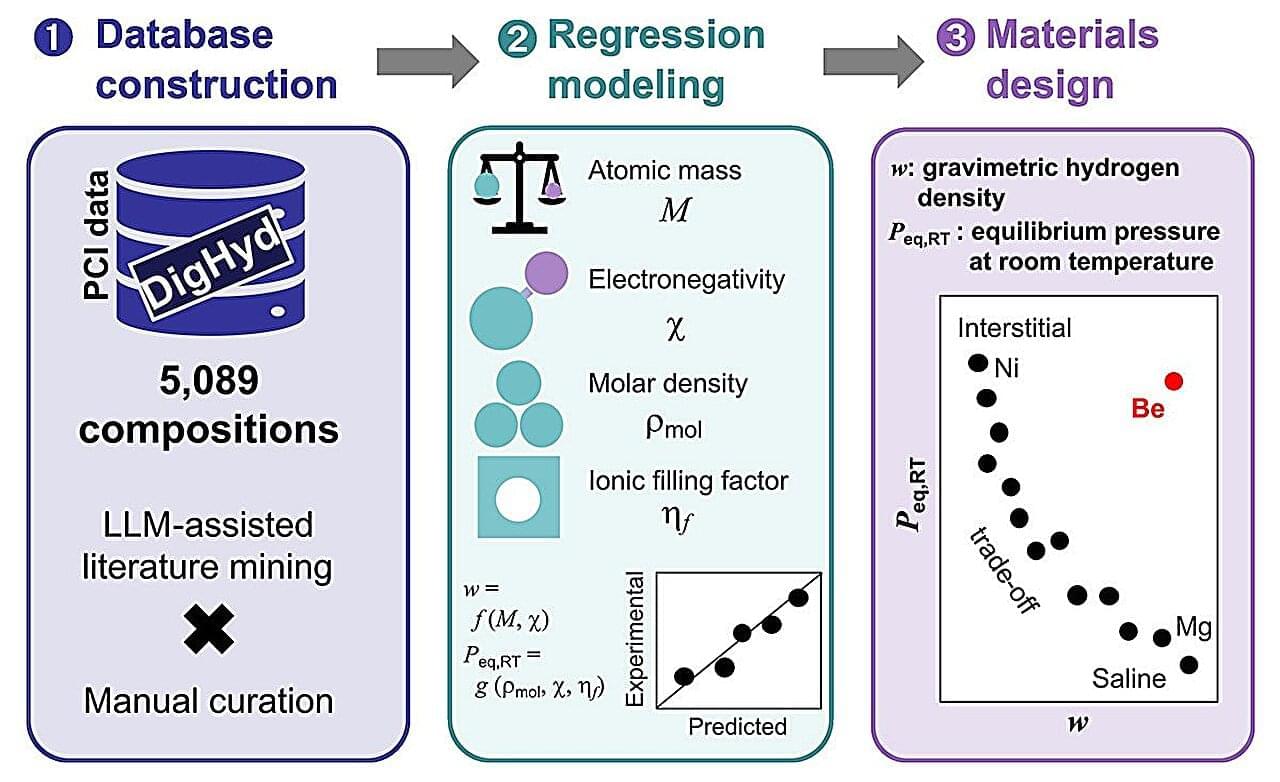By: Alastair Waterman https://www.facebook.com/share/p/1N1TBvEKuF/
Why does red feel exactly like red, green exactly like green, and why can these two experiences never, ever swap places?
Most current theories of consciousness have no real answer. They explain how the brain detects wavelength, but not why one neural pattern feels “red” and its literal opponent feels “green”
Refusal-Driven Dimensionality Reduction Theory (RDRT) offers the first direct mechanism.
Colour vision is opponent at every level: red and green are mutually exclusive from retina → LGN → V1 → V4 → inferotemporal cortex.
This hard-wired mutual exclusion is a multi-level structural refusal.
The claim: The specific feeling of redness is not the spikes that are transmitted.
It is the precise, reproducible shape of what is refused transmission — a stable ~55–65-event “hole” carved into each gamma cycle in the anterior cingulate cortex and self-monitoring networks.

